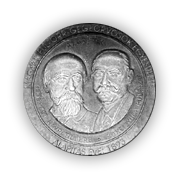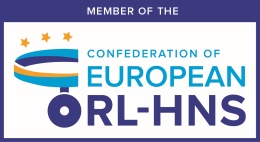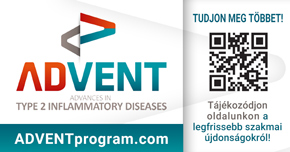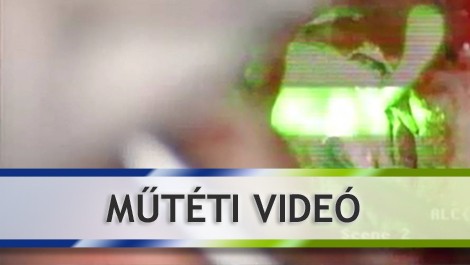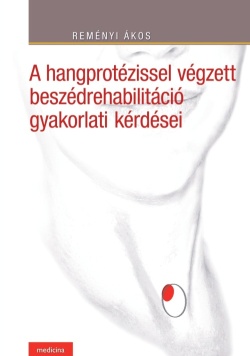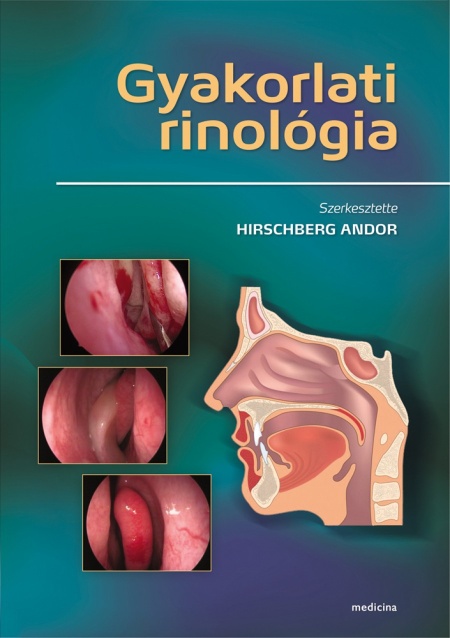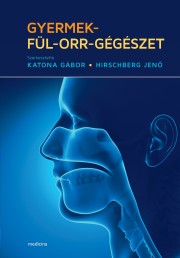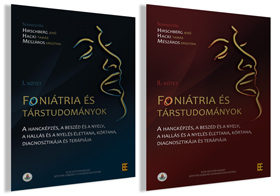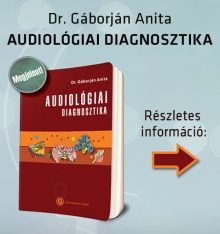Nyomásváltozás okozta ártalmak fül-orr-gégészeti vonatkozásai
Összefoglalás
A gyors környezeti légnyomásváltozás hatására a szervezetben alapvetően két csoportba sorolható patofiziológiai jelenségek és elváltozások alakulhatnak ki. Egyik a légtartó testüregek nyomáskiegyenlítődésének zavara miatt létrejövők, azaz a barotraumák. A másik a szövetnedvekben oldott gázok saját parciális nyomáslépcsőjének függvényében, buborék formájában történő kiválása miatt megjelenő dekompressziós betegség. A két típus lehetséges fül-orr-gégészeti megjelenései a fül különböző régióit és az orrmelléküregeket érintő barotrauma, valamint a belsőfület akár izoláltan is károsítani képes dekompressziós betegség, amelyek korábban az ipari búvárok, a keszonmunkások és a repülőszemélyzet körében fordultak elő. Napjainkra a rekreációs búvárkodás és repülés népszerűvé és könnyen elérhetővé válásával a betegségek klinikai relevanciája is megnőtt, amely már a hétköznapi fül-orr-gégészeti praxist is elérheti. A dolgozat röviden áttekinti a létrejövő elváltozások súlyponti kérdéseit, kialakulását, tüneteit, differenciáldiagnosztikai szempontjait, kezelési és prevenciós lehetőségeit.
Kulcsszavak
Középfül-barotrauma, belsőfül-barotrauma, barosinusitis, alternobárikus vertigo, belsőfül-dekompressziós betegség
Otorhinolaryngological aspects of pressure changes
Summary
Under the influence of rapid changes in ambient air pressure, pathophysiological phenomena and lesions can be divided into two groups that can develop in the body. One is barotrauma due to the disturbance of pressure equalization of the trapped gas in cavities. The other is decompression sickness due to the excretion of dissolved gases in tissue fluids that form bubbles depending on their partial pressure. The possible ENT appearances of these two types are barotrauma affecting different regions of the ear, paranasal sinuses and decompression disease, which can damage the inner ear. Earlier, these issues involved industrial divers, caisson workers and flight crews. However, with the popularity and easy accessibility of recreational diving and aviation, the clinical relevance of diseases has also increased, reaching even everyday ENT practice. The thesis briefly reviews the focus issues, formation, symptoms, differential diagnostic aspects, treatment and prevention options of the diseases.
Keywords
Middle ear barotrauma, inner ear barotrauma, barosinusitis, alternobaric vertigo, inner ear decompression disease
